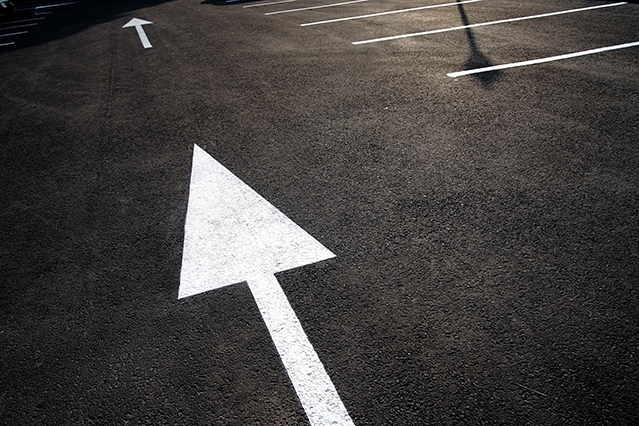This International Standard specifies two illuminants for use in colorimetry. The illuminants, which are defined in clauses 4 and 5 of this International Standard, are as follows: a) CIE standard illuminant A This is intended to represent typical, domestic, tungsten-filament lighting. Its relative spectral power distribution is that of a Planckian radiator at a temperature of approximately 2 856 K. CIE standard illuminant A should be used in all applications of colorimetry involving the use of incandescent lighting, unless there are specific reasons for using a different illuminant. b) CIE standard illuminant D65 This is intended to represent average daylight and has a correlated colour temperature of approximately 6 500 K. CIE standard illuminant D65 should be used in all colorimetric calculations requiring representative daylight, unless there are specific reasons for using a different illuminant. Variations in the relative spectral power distribution of daylight are known to occur, particularly in the ultraviolet spectral region, as a function of season, time of day, and geographic location. However, CIE standard illuminant D65 should be used pending the availability of additional information on these variations. Values for the relative spectral power distribution of CIE standard illuminants A and D65 are given in Table 1 of this International Standard. Values are given at 1 nm intervals from 300 nm to 830 nm. The term “illuminant” refers to a defined spectral power distribution, not necessarily realizable or provided by an artificial source. Illuminants are used in colorimetry to compute the tristimulus values of reflected or transmitted object colours under specified conditions of illumination. The CIE has also defined illuminant C and other illuminants D. These illuminants are described in Publication CIE 15:2004 but they do not have the status of primary CIE standards accorded to the CIE standard illuminants A and D65 described in this International Standard. It is recommended that one of the two CIE standard illuminants defined in this International Standard be used wherever possible. This will greatly facilitate the comparison of published results. It is noted that in the fields of graphic arts and photography extensive use is also made of CIE illuminant D50. In most practical applications of colorimetry, it is sufficient to use the values of CIE standard illuminants A and D65 at less frequent wavelength intervals or in a narrower spectral region than defined in this Standard. Data and guidelines that facilitate such practice are provided in Publication CIE 15:2004, together with other recommended procedures for practical colorimetry. The term “source” refers to a physical emitter of light, such as a lamp or the sky. In certain cases, the CIE recommends laboratory sources that approximate the spectral power distributions of CIE illuminants. In all cases, however, the definition of a CIE recommended source is secondary to the definition of the corresponding CIE illuminant, because of the possibility that, from time to time, new developments will lead to improved sources that represent a particular illuminant more accurately or are more suitable for laboratory use. Subclause 6.1 of this International Standard describes CIE source A, which is recommended for laboratory realizations of CIE standard illuminant A. At present, there is no CIE recommended source representing CIE standard illuminant D65.
http://www.cen.eu/cen/Products/Where/Pages/default.aspx
The publication of this abstract has been granted by Fonden Dansk Standard.




